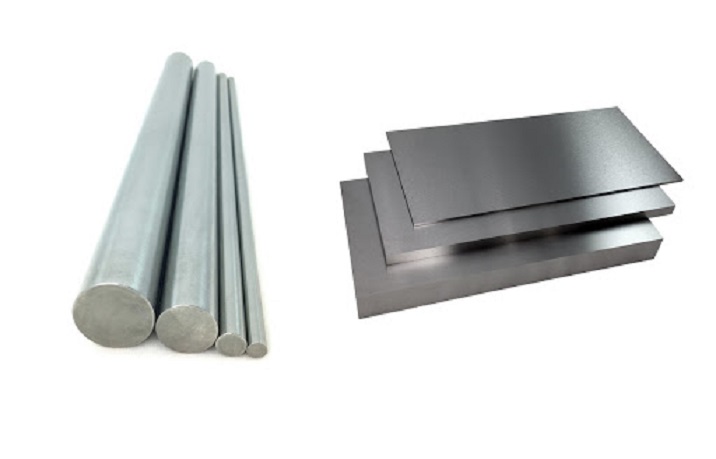Tungsten Molybdenum Iron Alloy for Steelmaking

Tungsten Molybdenum Iron Alloy for Steelmaking
Tungsten molybdenum iron alloy can be simply understood as an alloy composed of three metal elements: tungsten, molybdenum, and iron. Because of its excellent physical and chemical properties, it is widely used in the steel industry. According to statistics, 40% of tungsten and 80% of molybdenum are currently used in the steel industry.

Tungsten Molybdenum Iron Alloy
When tungsten and molybdenum are used as steelmaking additives, most tungsten-molybdenum alloy steels are smelted with Ferro-tungsten and Ferro-molybdenum as alloy additives, that is, tungsten is added in the form of FeW, and molybdenum is added in the form of FeMo during smelting.
The advantages of using tungsten and molybdenum as steelmaking additives are as follows:
1. Tungsten is an element that can produce carbides. Adding tungsten to steel can improve the toughness of steel. Due to its fine particles and high hardness, tungsten carbide can greatly improve the hardness and wear resistance of steel.
2. Tungsten can enhance the tempering stability, red hardness, and thermal strength of steel, and significantly increase the recrystallization temperature of steel. In addition, the creep resistance of steel can also be significantly optimized.
3. Molybdenum mainly exists in the form of solid solution and carbide in steel, which can significantly improve the hardenability and thermal strength of steel, thereby preventing the temper brittleness of steel.
4. Molybdenum can not only improve the remanence and coercivity of steel but also improve the corrosion resistance of steel in certain media.
In short, adding tungsten and molybdenum to steel can significantly improve the properties of steel, which can refine the grain of the steel, make steel have a uniform microcrystalline structure, and reduce the eutectic decomposition temperature of steel, thereby expanding the quenching and tempering range of steel, improving the strength, elastic limit, abrasion resistance, and impact strength of steel, and imparting necessary thermal hardness to alloy steel, improving high-temperature cutting efficiency.
In recent years, with the continuous development of chemical technology, tungsten-molybdenum-iron alloys have gradually replaced Ferro-tungsten and Ferro-molybdenum as additives for steelmaking. This is mainly because the tungsten molybdenum iron alloy can be added at one time, and the operation is relatively simple, which can shorten the process flow and reduce energy consumption to a certain extent.
Conclusion
Thank you for reading our article and we hope it can help you have a better understanding of the tungsten molybdenum iron alloy. If you want to know more about tungsten, molybdenum, and other refractory metals & alloys, we would like to recommend you to visit Advanced Refractory Metals (ARM) for more information.
Headquartered in Lake Forest, California, USA, Advanced Refractory Metals (ARM) is a leading manufacturer & supplier of refractory metals & alloys across the world. It provides customers with high-quality refractory metals & alloys such as molybdenum, tungsten, tantalum, rhenium, titanium, and zirconium at a very competitive price.
{{item.content}}
LEVE A REPLY
{{item.children[0].content}}
{{item.content}}






